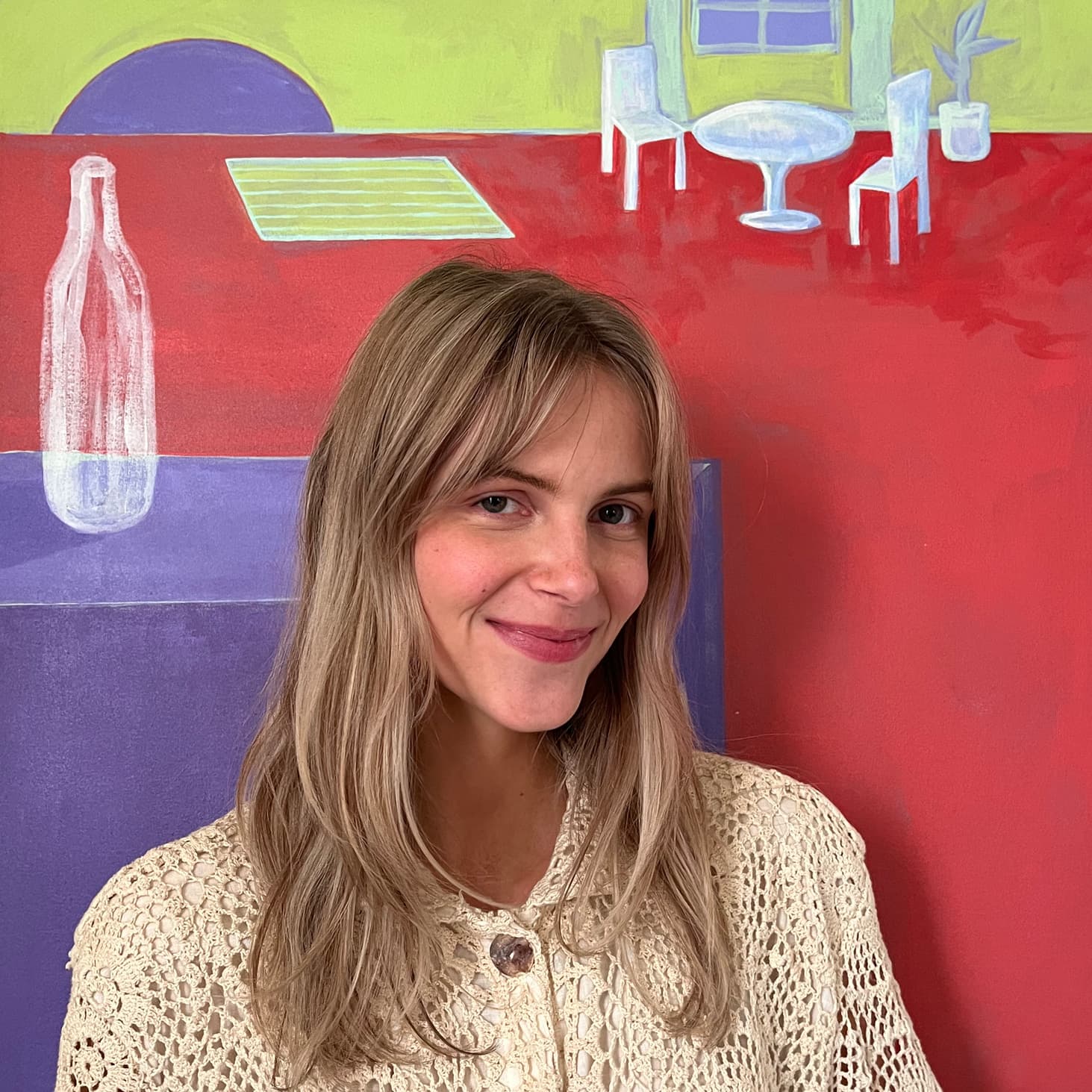
Artist Profile
Claire Burkett
Claire Burkett is a fine artist born and raised in northwest Washington state. She is based in Brooklyn, New York and is working predominantly in acrylic painting. In 2020 Burkett received her BFA in Painting from Pratt Institute School of Art and Design in Brooklyn, New York with a double minor in Art History and Museum & Gallery Practices. Her work has been exhibited in the United States and abroad, most notably with Shrine NYC, Far x Wide, and the Glasgow School of Art. Her work has been acquired by a number of private collections. Burkett is currently writing the curriculum for an online painting course for OpenClass, an exciting AI startup geared towards creating an optimized learning experience as well as accessibility. In the spring of 2021 Burkett was accepted into the MFA painting program at SAIC.
Available Works
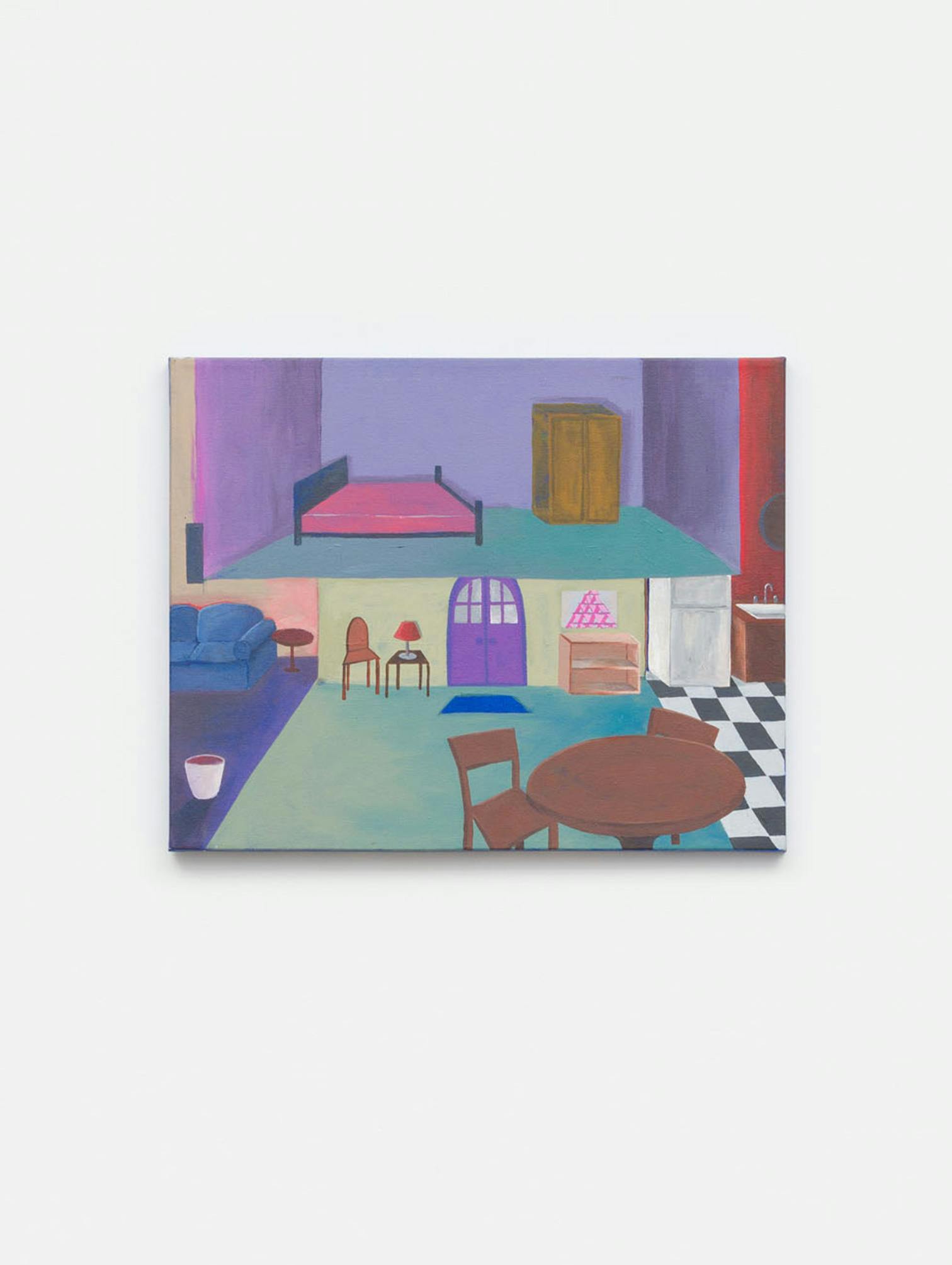
Claire Burkett
It's Dark, but It's Just a Game, 2022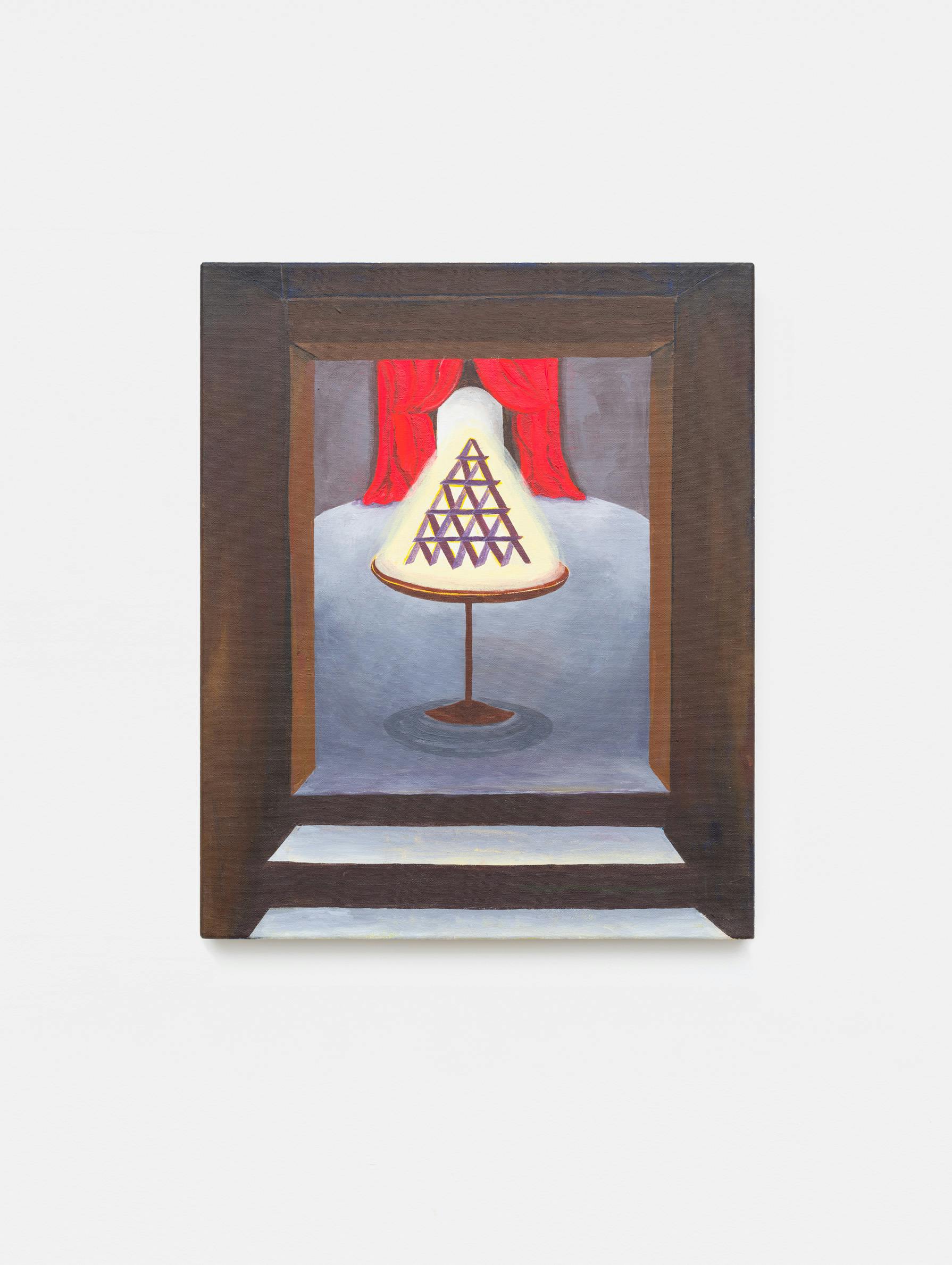
Claire Burkett
I Always Fall in Love With an Open Door, 2022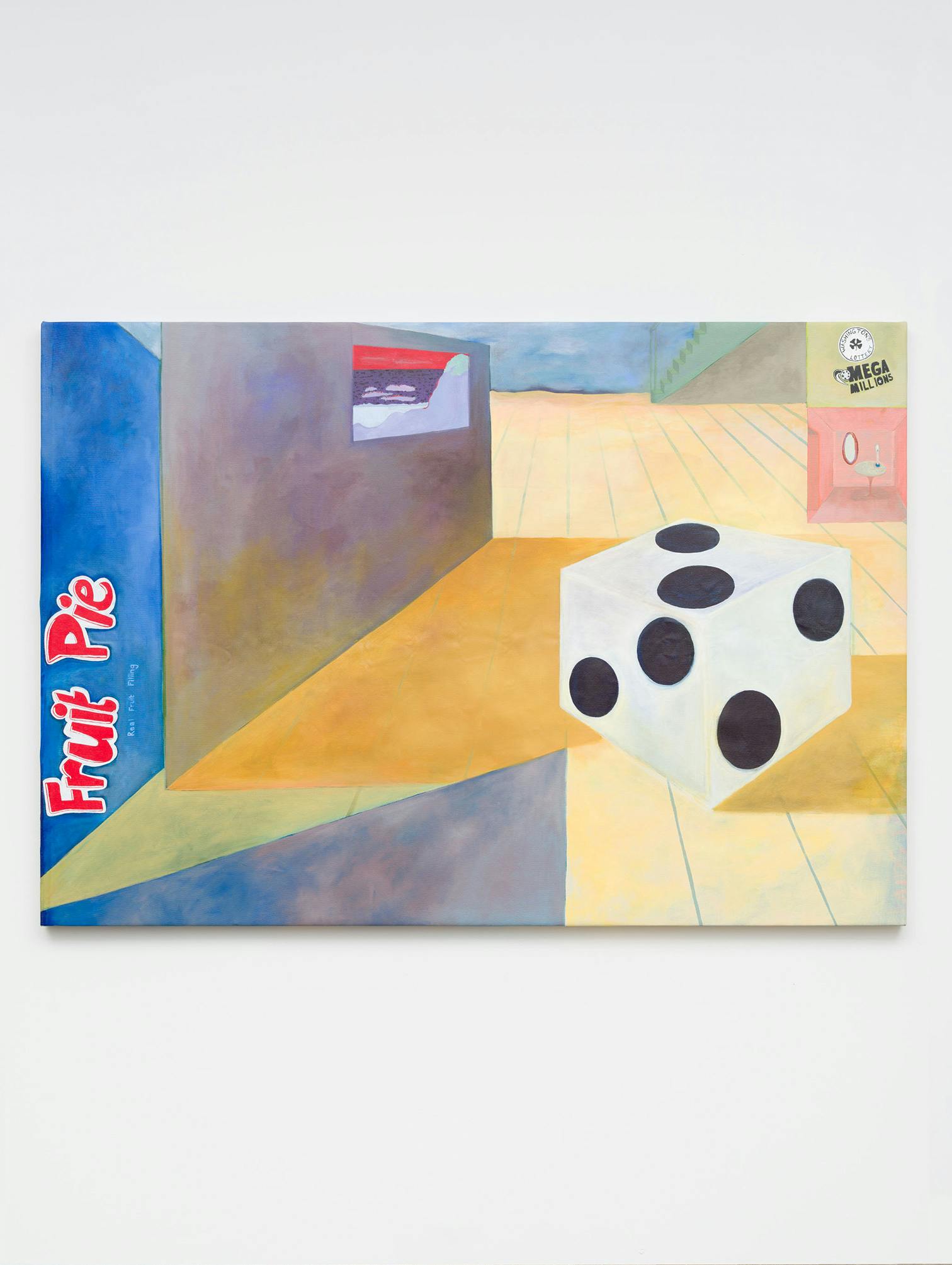
Claire Burkett
Sea and Sand Dunes (Real Fruit Filling), 2019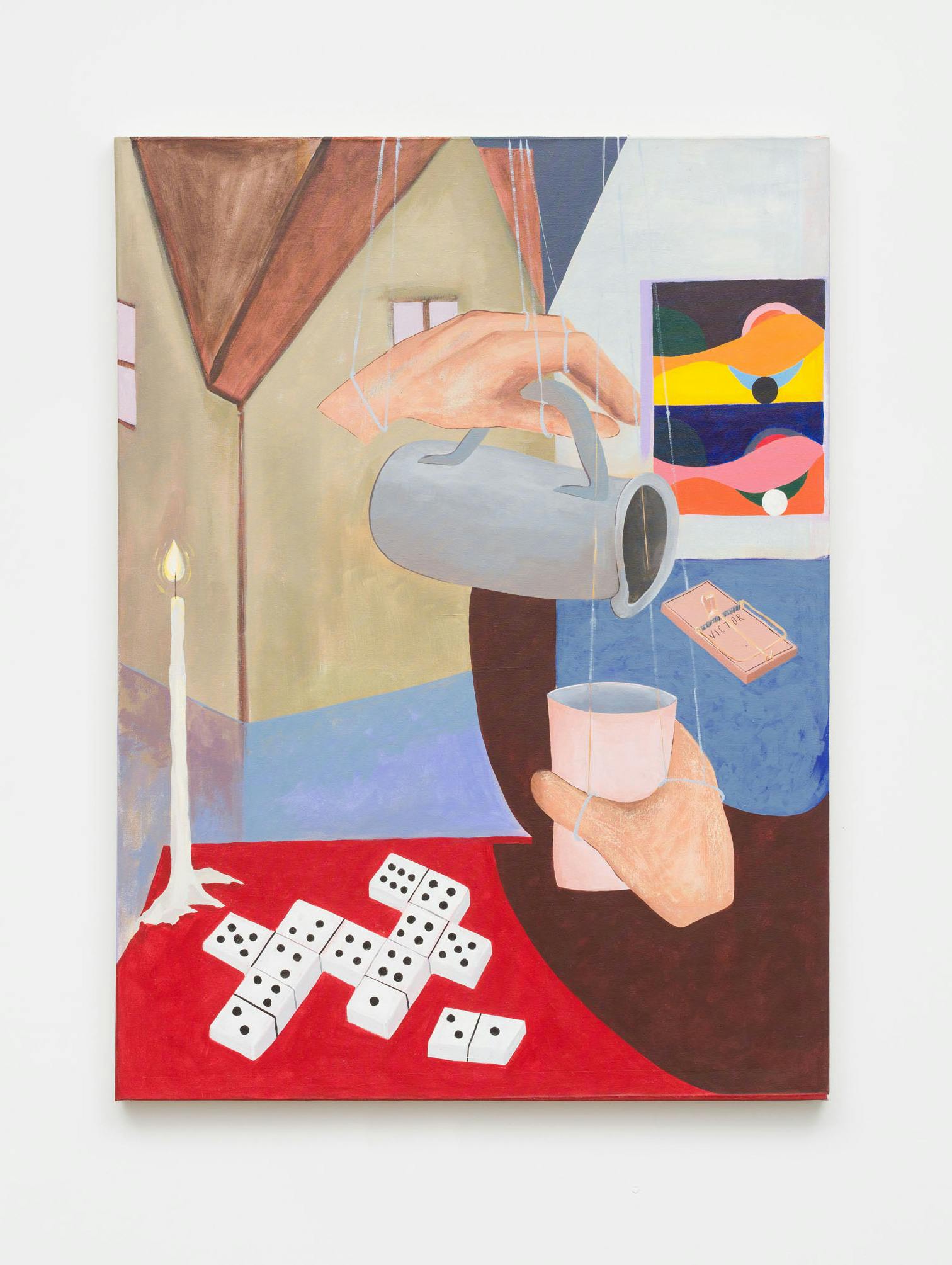
Claire Burkett
Mouse Trap (Trapped in Love), 2019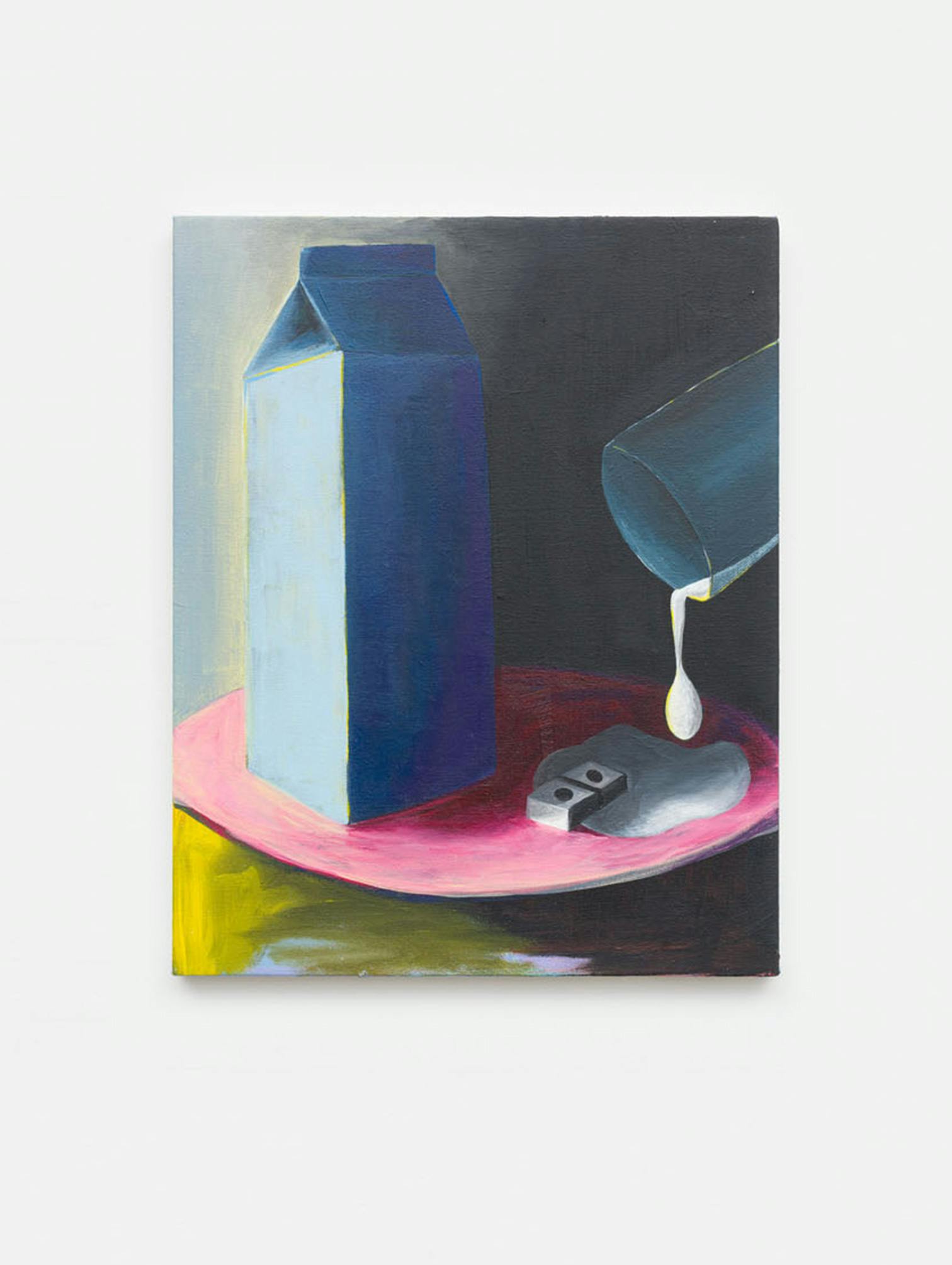
Claire Burkett
I Can't See Your Face in My Mind, 2021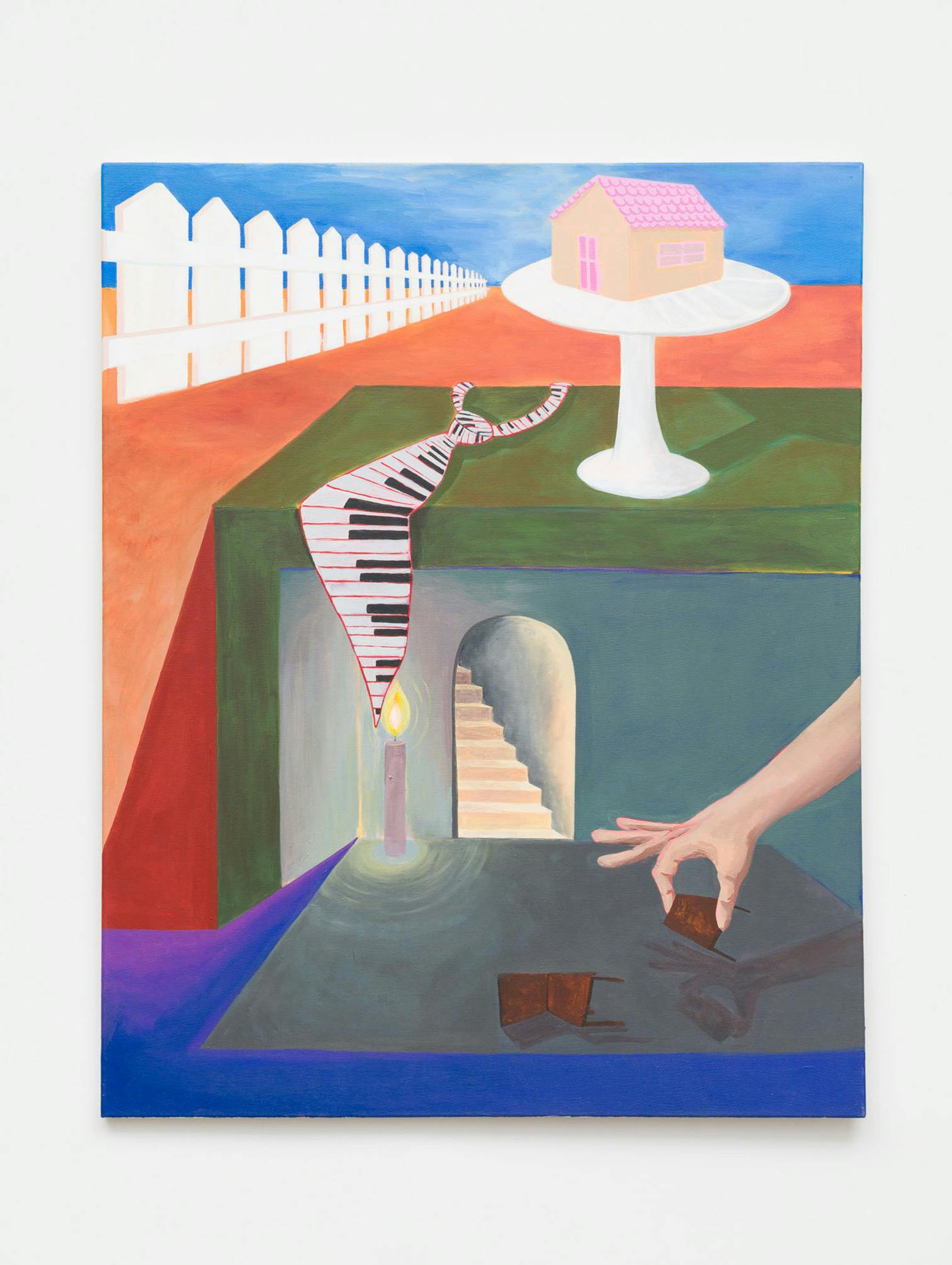
Claire Burkett
Something in the Way, 2022Appears In...
CV
EDUCATION
Pratt Institute School of Art and Design; Brooklyn, NY, Fall 2015 - Spring 2020
Bachelor of Fine Arts: Painting
Double Minor: Museum & Gallery Practices and Art History
SELECTED EXHIBITIONS
2021 Group Show, SHRINE NYC, Online Exhibition
2020 Willing The Season, Far x Wide, Online Viewing Room
2020 Across The Sea, Glasgow School of Art, Scotland
2020 BFA Thesis Show, Pratt Institute, Brooklyn NY
2019 The Big Yellow One Is The Sun, Pratt Institute, Brooklyn NY
2019 Senior Peep Show, Pratt Institute, Brooklyn NY
SELECTED CURATORIAL PROJECTS
2019 Z to A, Holyrad Studio, Brooklyn NY
AWARDS + RESIDENCIES
2020 Pratt Circle Award
2019 Pratt Institute Fine Arts Summer Studio Residency
Artist Statement:
Throughout my life I have found myself questioning my reality, anyone’s reality for that matter. I draw inspiration from my childhood and past experiences. However, I do not like the word inspiration in the sense that I am not inspired to make these paintings but rather I feel obligated to. Painting is processing.
The pressure is building. Everyone is looking at me all the time and opening and closing their mouths. But I don’t have time for this anymore, I never did. I want comfort and wonder in a place that is unwelcoming and dangerous.
The surface is built, constructed like a house with a solid foundation. I have carefully drawn up the floor-plan, erected the skeleton on which the painting will live and grow strong.
Layering the paint is when I really fall in love.
I glaze my way to color, keeping my body moving because it feels better when I’m moving. Pushing plastic paint. I have tried for a formalist explanation, it feels rough against my skin. A new world requires a new vocabulary.
None of it should be forgotten, that is my responsibility. The smoke itches my eyes but it is not time to leave yet, I watch things happen when all I want is to look away. Walls and floor shift and soon it will all collapse. I look out the window and see green. I look into my mother’s eyes and see guilt. I look at my hands and I can still see the plastic of paint but it’s new and it’s speaking to me and it’s telling me that I am not done, not even close to done, building my house.
Interview:
What is your background and how does it inform your work?
I am the child of two recovered alcoholics. My relationship to drinking and drugs has always been a hyperfocus of mine, both as a child and as an adult. I come from a long line of heavy drinking, hard working farmers. Washington state is a complex place; what most people consider to be a liberal starbucks utopia is actually filled with a surplus of Native American run casinos, farmland, and right wing extremists groups. I would proudly classify my upbringing as “white-trash.” In my painting I aim to explore these facets of my life through the lenses of chance, illusion and memory. Memories change every time they’re remembered until what is being remembered isn’t the memory at all. I think I am painting for ten year old Claire. I want to make work that she would inherently understand and enjoy looking at. I want to create comfort and wonder in a place that is otherwise unwelcoming.
What themes does your work explore?
I am jealous of the ways people let luck and chance rule their lives and decision making. To me this can mean several things: an obsession with winning, addiction, attraction to wealth and “things,” the future, having control, etc. I am predominantly using symbolism to communicate these ideas on canvas. I cope with a lot of my past experiences by chalking it all up to luck or odds. I also draw comfort from the possibility that I could very well be dreaming right now and there is no way I will ever know for sure. The Joker, as a symbol, is a cornerstone for my work thematically. He can be lighthearted or sinister. I enjoy the fact that viewers will interpret these themes differently. I aim to place my audience in a rickety funhouse; eyes filled with smoke, bombarded by neon flashes and eventual dead-ends.
What does the role of research play in your work?
I do a significant amount of visual research for my painting content. Susan Sontag’s The Poor Image holds considerable weight for me when I consider composition. Stock images take up fifty percent of my camera roll and I view them as works of art in their own right. Reference books are also a big part of my studio environment. I have a massive library that is always growing, some top hits include: The Practical Encyclopedia of Magic, David Hockney: That’s The Way I See It, Stuart David: In Full Swing, David Lynch: The Air Is On Fire, Helen Frankenthaler: Works On Paper 1949-1984, Laura Owen’s 2017 Whitney Exhibition Publication, A Complete History of Playing Cards and Josef Albers: Interaction of Color. I have also been rereading The Complete Stories of Leonora Carrington recently in my freetime. I find such comfort and wonder in the work of Carrington, and reading her short stories gives me a glimpse into her conceptual identity as a painter.
Are there particular artists that have influenced your work?
David Lynch’s film and television holds a sacred place in my practice. Overall I find that I am most influenced not by other painters but by video and sound. I remember seeing Pipilotti Rist’s Pixel Forest at the New Museum in 2016. I was stumbling around the galleries for nearly three hours and I came back a week later to see the show again. To this day, I still have not seen another exhibition that has touched me in such a way. The immersive quality of the layout, soundscape, and massive projection was unbelievable to me. I connect to works that remove me from my delusional reality and transport me to some place even more absurd and fantastical. David Lynch does an incredible job of this, specifically with Twin Peaks: The Return. Not only are casinos the perfect disguise for the hyperreal but the thematic implications of gambling and games of chance lend themselves effortlessly to my painting practice. The fact is, the games are rigged, but there are those of us who would rather believe they’re leaving it all up to chance if that means they can play just one more hand.
How do you decide on your titles?
Ninety percent of my painting titles are song titles or lyrics. I have also made a fair amount of work directly based on animated tv shows which have inspired titles. I am a very fixative listener and there is almost always one song or album that spans the length of each painting’s life. Of course I will subconsciously associate one with the other, but each painting has its own feel and its own agenda.
How does your practice inform other areas of your life?
Being a painter has made me really really good at looking. Looking critically is truly a skill to be learned. Pursuing fine art as an adult is like studying ‘serious play.’ A professor of mine [Bill Fasolino] told me that to be a really great artist it was necessary to unlearn what we think we know about making art and go back to what was natural and uncalculated as a child. Taking on the mindset of ‘play’ everytime I step in front of the canvas is often impossible. However, in my daily life, I am always making a conscious effort to play. I had to behave like an adult from age 10 onward, so my painting practice has become my retroactive outlet for childlike exploration. Painting is the one place in life where I can pretend I have control which helps me to step back and try to loosen my grip on other facets of my life.